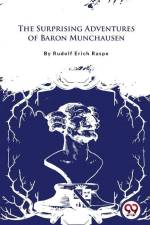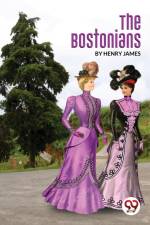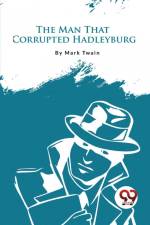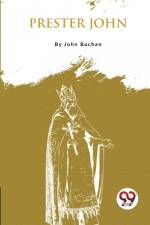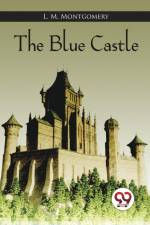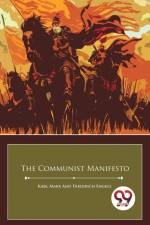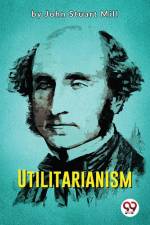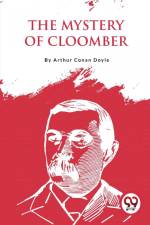von Joseph Addison
20,00 €
Joseph Addison wrote the play Cato, a Tragedy in 1712, and it was shown for the first time on April 14, 1713. It is based on the events of Marcus Porcius Cato Uticensis, often known as Cato the Younger, who lived from 95 to 46 BC and was a Stoic whose actions, speeches, and resistance to Julius Caesar's dictatorship made him an image of republicanism, virtue, and liberty. Themes covered in Addison's play include individual liberty vs tyranny by the government, republicanism versus monarchy, reason versus passion, and Cato's internal fight to uphold his principles in the face of death. Alexander Pope wrote the play's prologue, and Samuel Garth wrote the epilogue. The original cast included Barton Booth as Cato, Theophilus Keene as Lucius, John Mills as Sempronius, Robert Wilks as Juba, Colley Cibber as Syphax, George Powell as Portius, Lacy Ryan as Marcus, John Bowman as Decius, Anne Oldfield as Marcia, and Mary Porter as Lucia. For numerous generations, the play's appeal grew, particularly in the American colonies. Indeed, since many of the Founding Fathers were familiar with it, it was very certainly a literary inspiration for the American Revolution.

